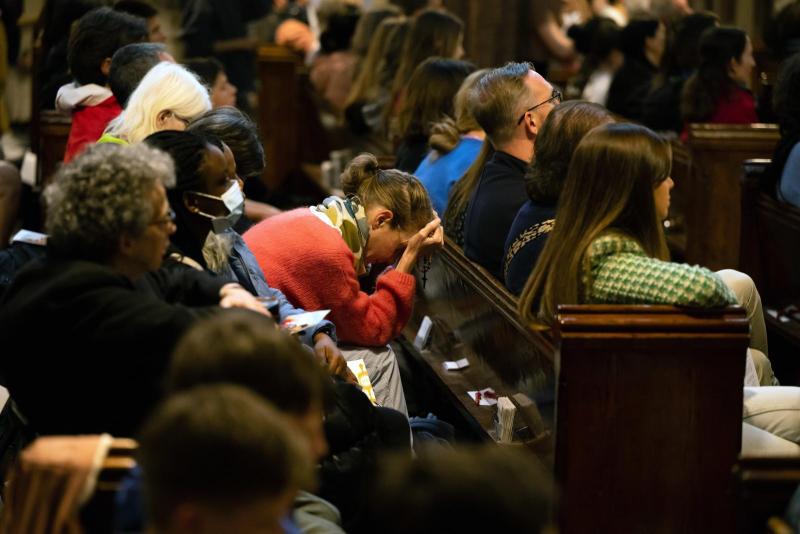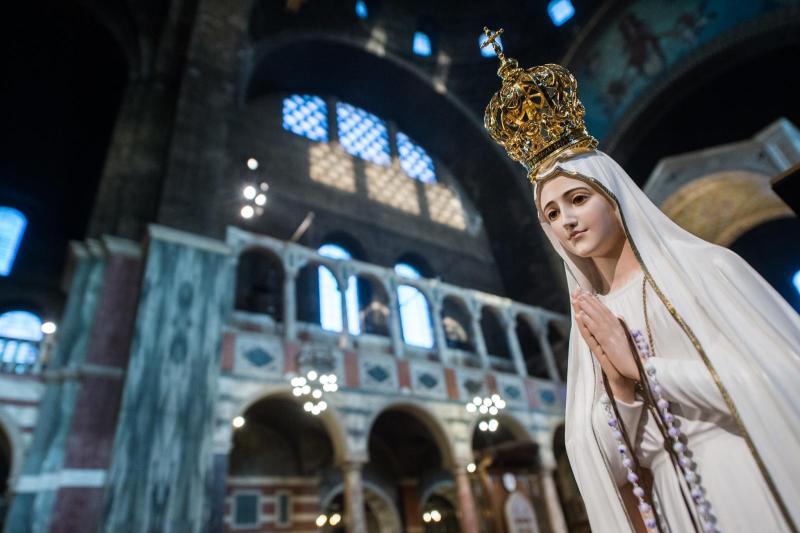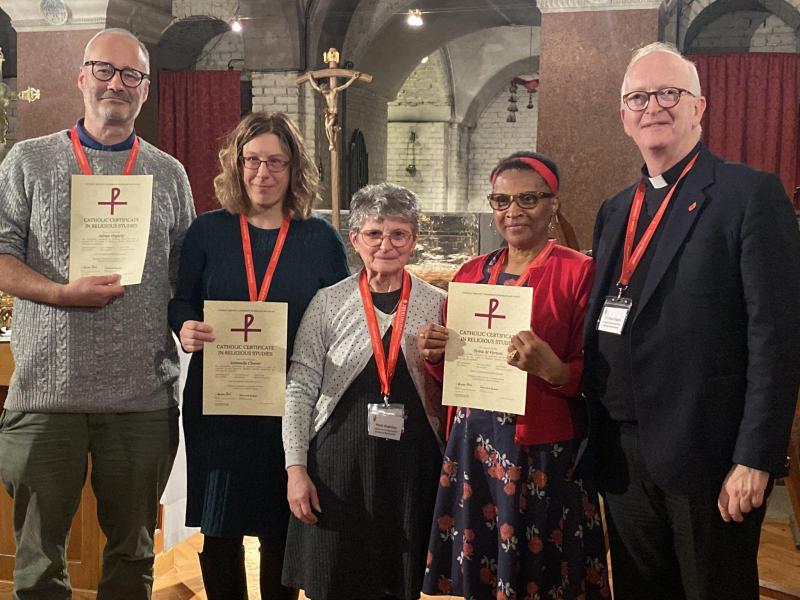By Martha Behan
‘The practice of pilgrimage has a special place in the Holy Year, because it represents the journey each of us makes in this life.’ (Misericordia Vultus 14)
During this Extraordinary Jubilee Year of Mercy Pope Francis invites us to make a pilgrimage to a Holy Door. The main Holy Door is of course at St Peter’s in Rome, which was opened by the Pope on the Solemnity of the Immaculate Conception, 8 December 2015.
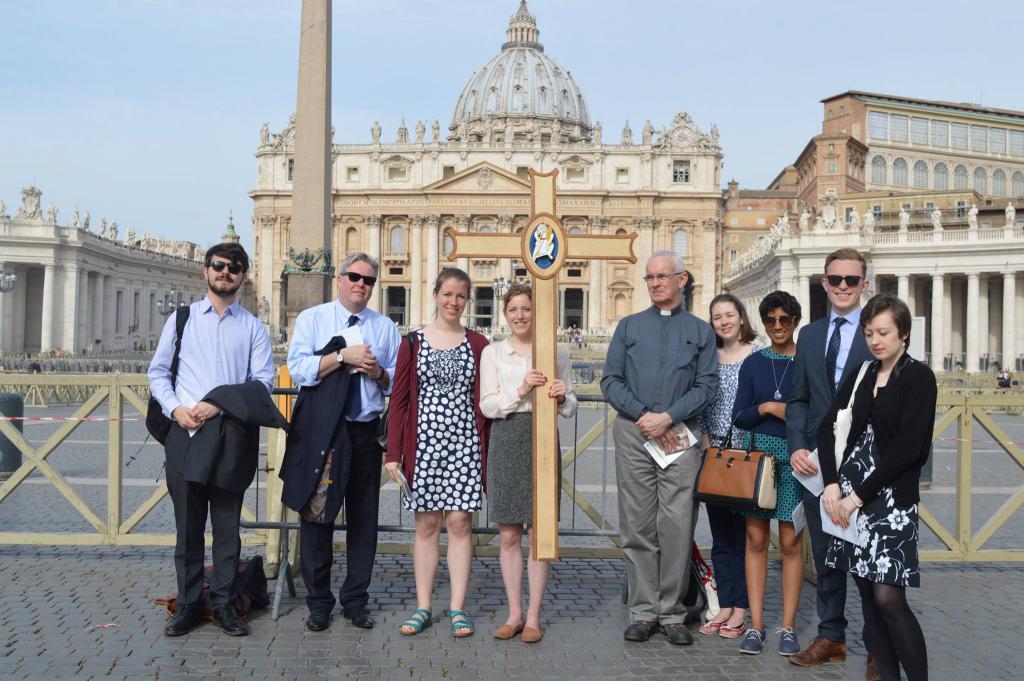
We are now six months into the Year of Mercy, and can be forgiven for forgetting about it. Hence why, when I was waiting to start the Way of Mercy, I was not feeling particularly open to Pope Francis’ ideals. I have been through many Holy Doors and was familiar with the discourse of forgiveness surrounding them. However, to say I was familiar with it is not to say that I embraced it. I was not prepared to feel anything going through the Holy Door, other than the awe that St Peter’s generates in tourist and pilgrim alike. But, as I’m sure many people have found before me, my inner journey reflected the other journey of pilgrimage. The short walk down towards the Vatican, thinking and reflecting on mercy, on the connection with my fellow pilgrims and my family brought me into the right place spiritually to embrace the loving mercy of God in my life.
It was a wonderful experience and I hope to offer some advice to others thinking of doing the same.
To make the most of your visit to the Holy Door in Rome, I recommend booking online in advance. It is not essential, but it does guarantee a place on the pilgrimage, something that is very important for the busy summer months. When you book you will be asked to name a pilgrimage leader. This does not have to be the priest or chaplain in charge, but just a point of contact. They have no responsibilities beyond confirming the booking with the stewards.
I would also recommend going early, as with all things in a big city, it is less busy earlier in the morning and therefore much easier to set your own pace instead of it being dictated by other people on the route. The pilgrimage itself can take as long as you want. If you stop the suggested amount of times, and only do the prayers on the sheet, then it takes about an hour. Since there is no time limit, it is nice to add your own prayers and reflections to aid your personal journey toward forgiveness.
The beginning of the pilgrimage is easy to spot; it’s at the end of the Via Della Conciliazione (the main road to the Vatican). Your pilgrimage begins in a white marquee on the Ponte Vittorio Emanuele II. If you are really stuck, start at St Peter’s and walk towards Castel Sant’Angelo until you find the marquee. There are plenty of guides around in yellow tabards to help things run smoothly; they will happily direct you to where you need to be.
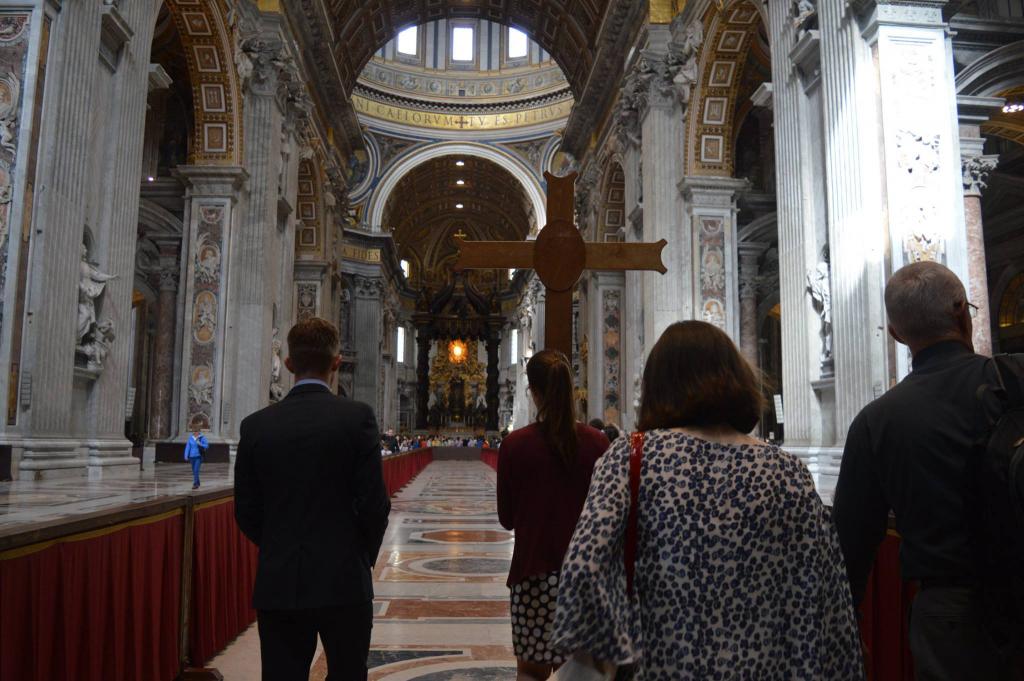
Like the Way of Mercy itself, the marquee is small, so they are keen to get you started on the Way as soon as possible. This is where you collect the prayer sheet and are given the option to carry a cross if you’re with a big group. If you have booked, you also receive a CD of Luke’s gospel. Don’t feel pressure to carry a cross as they are quite heavy and it’s only manageable when you can share the duty with others in the group.
From the marquee, you are guided on to the Way. It’s blocked off from the rest of traffic, both vehicular and pedestrian, to allow you to focus on your pilgrimage.
Once you start walking it feels busy as you are next to the road. I would recommend spending some time getting in a prayerful frame of mind before starting. Perhaps visit Santa Maria Transpontina which is only a short way from the start. Again, ask the stewards to guide you.
Once you begin the Way, it’s quite straightforward. The prayer leaflet guides you to where to pause and pray. The reflections are apt and thought provoking, reminding us of the importance of pilgrimage and the joy of mercy.
You stop five times along the Via della Conciliazione. The stewards block the roads to allow you to cross without having to wait. Sometimes, however, it is worth stopping and looking up at St Peter’s which looms over the route, and thinking of the many thousands of people who have walked and will walk this Way of Mercy. Think of the many others who come to feel the mercy of Christ in their lives.
Unfortunately some parts of visiting the Vatican are non-negotiable. You and your belongings will have to pass through the security barriers, even the cross. There are special lines for pilgrims however, so you should in theory go through more quickly. From there you walk across the square, stopping twice more before entering St Peter’s through the Holy Door.
After this you are let into the gated corridor that runs all the way up to the tomb of St Peter. This allows you to continue your pilgrimage undisturbed. When you reach the end you are let into the circle near the tomb. This is where my group gathered to say our final prayers. I would suggest going round the back of the tomb to pray as it can be quite off-putting to have an audience of tourists behind the barriers. You can take as long as you like there; the stewards will let you out when you are ready.
‘By crossing the threshold of the Holy Door, we will find the strength to embrace God’s mercy and dedicate ourselves to being merciful with others as the Father has been with us.’ (Misericordia Vultus 14)
I did not find strength going through the Holy Door. I found humility, at my ignorance and arrogance of the Way of Mercy and the blessings that come from Holy Doors. It brought me to acknowledgment of my sins and the ever present mercy of Christ willing to forgive me. I understood that I was very small going through that door, I was a sinner but I was still called into the hugeness of the mercy of God. Then I realised that recognising this truth is the real strength.

